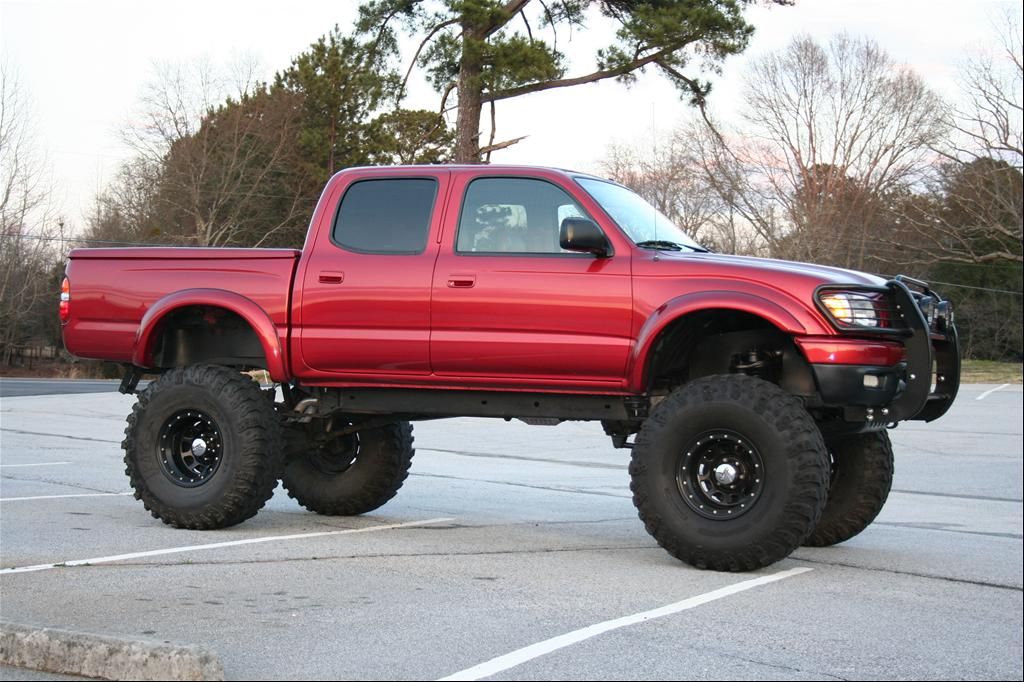By Wayne Scraba,www.automedia.com
Rotating tires is important (and always has been) for car maintenance. If you rotate the respective wheels and tires on a given axle, tire wear is even. The result is almost always balanced traction and handling over a period of time. Most tire warranties demand the tires be rotated on a specific mileage schedule. And many tire manufacturers recommend rotation at between 3,000 and 5,000 miles.
Tire balancing
Making each tire function in as many of the vehicle’s wheel positions as possible makes evening out tire wear feasible. Naturally, this can’t make up for tire wear caused by tired or malfunctioning mechanical components or improper inflation. When considering the mechanics of a motor vehicle, keep in mind that the front end often has a more difficult task than the rear. For example, in a front-wheel-drive car, the tires are tasked with steering, stopping, moving up and down, and, of course, pulling the vehicle forward.
In a high-performance rear-wheel-drive car, you’ll likely find that the rear tires take more abuse than the front. Four-by-four vehicles and all-wheel-drive models bring their own tire wear peculiarities to the party. The bottom line: No matter what the car or truck, the wheel position can cause different rates and types of wear on a tire.
Replacing four versus two
As a tire wears, the tread depth is reduced. If all four tires wear out at more or less the same time, you can replace four tires at once. This is actually advantageous when compared to replacing tires in pairs, simply because you’ll always have equal fresh rubber on all four corners. Additionally, you have to consider that the manufacturers are constantly releasing new and improved tire configurations. The result is that your old tires could become obsolete by the time they’re worn. If replacing only two at once, there’s a good chance you’ll end up with mixed tire technology that could negatively affect how your vehicle drives.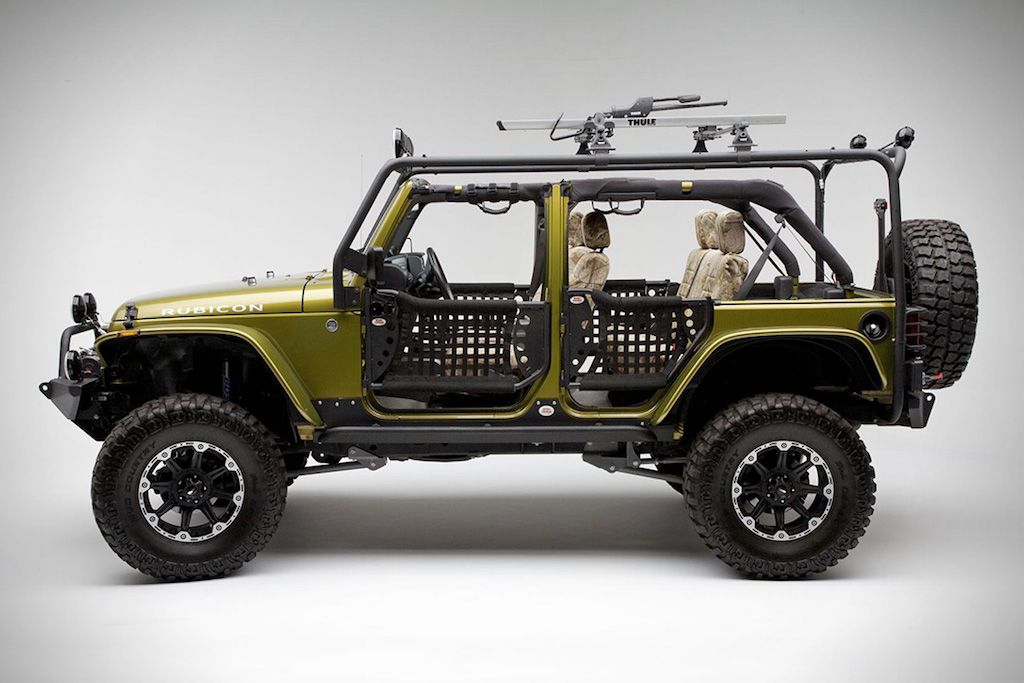
Tire rotation pattern
So far so good, but tire rotation isn’t anything like it was a few decades ago. Way back when, most cars had identical wheels and tires on all four corners, and the spare was also a full-size job that matched the road wheels. That’s a difficult combination to find today, with space-saver spares, spare tires mounted on dedicated steel wheels (with the rest of the rolling stock on aluminum wheels), different wheel offsets and sizes front and rear, mixed tire sizes, and so on. Because of this, the rotation process differs. Here’s a look at some of the many different tire rotation pattern options.
Four same-size tires, non-directional
If the tires are non-directional and the tires and wheels are all the same size, there are three different four-tire rotation patterns most commonly used:
 The left rear goes to the right front and the right rear goes to the left front.
The left rear goes to the right front and the right rear goes to the left front.Different-size directional tires, or different offsets
What if the vehicle in question has different-size directional wheels and tires or is equipped with wheels with different offsets (wheel backspace) front and rear? In this case, the tires will definitely require dismounting, remounting and rebalancing in order to rotate the tires. Four other typical rotation patterns are as follows:
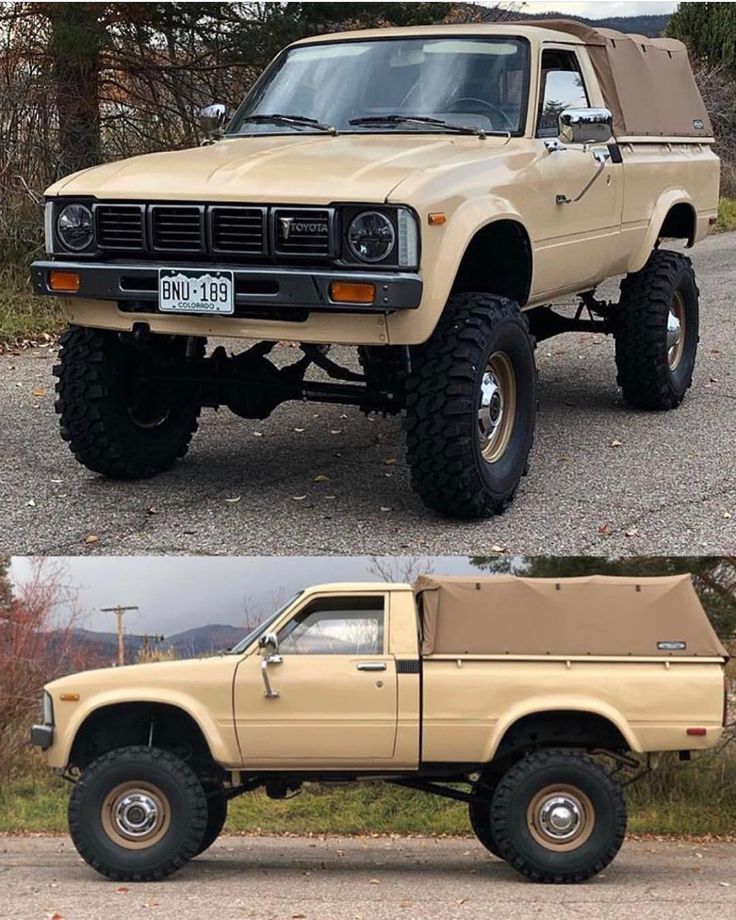 The left rear goes to left front. The right front goes to the right rear. The right rear goes to the right front.
The left rear goes to left front. The right front goes to the right rear. The right rear goes to the right front.
Front-wheel drive : The left front goes to the left rear.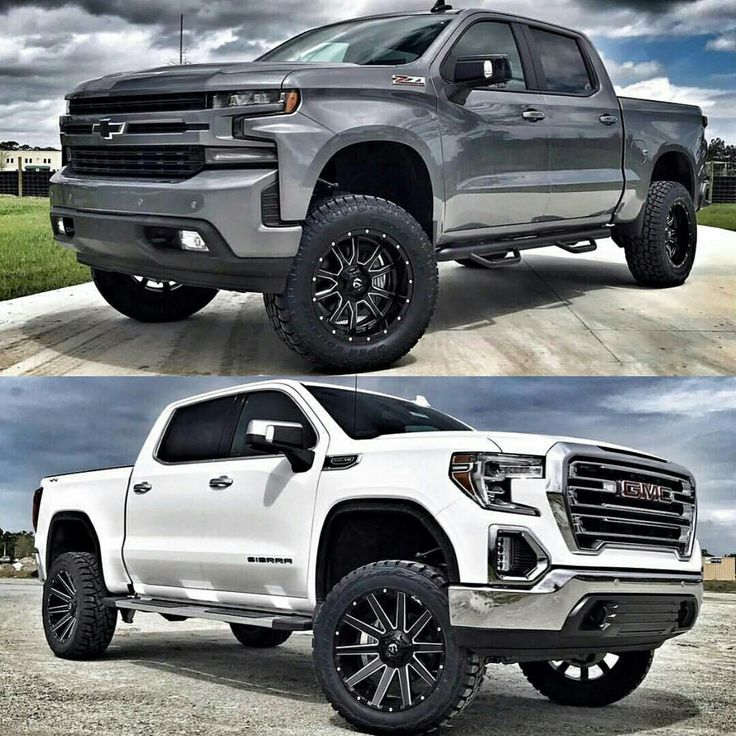 The left rear goes to the right front. The right rear goes to the left front. The spare goes to the right rear. The right front goes to the spare.
The left rear goes to the right front. The right rear goes to the left front. The spare goes to the right rear. The right front goes to the spare.
Rear-wheel drive or four-wheel drive: The left rear goes to the left front. The left front goes to the spare. The spare goes to the right rear. The right rear goes to the right front. The right front goes to the left rear.
The idea here is to distribute the wear over five tires throughout their life. This is particularly important on many all-wheel-drive vehicles in that all tires, including the spare, are, in theory, worn identically.
Four wheel drive vehicles mainly differ from all wheel drive cars and trucks due to 4WD being more appropriate for off-road use. AWD may have some computer-controlled settings to help it cope with off-road conditions, but it isn’t the same a dedicated low gearing to deal with harsh terrain.
But how does this affect tire rotation patterns for 4WD? The truth is they’re largely the same.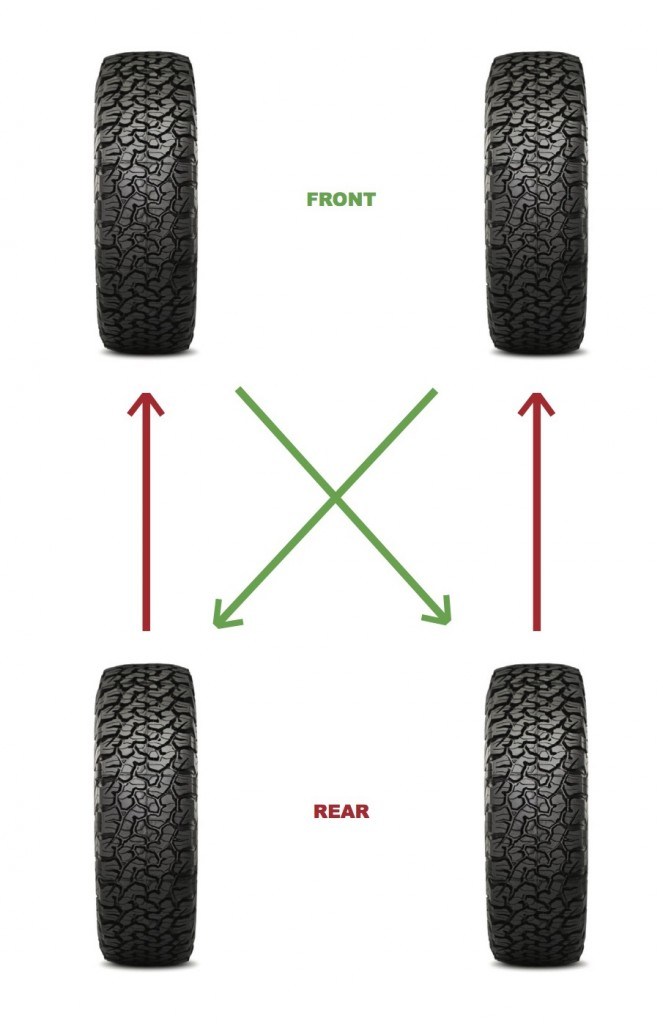 There may be some exceptions so you should refer to the vehicle manufacturer guidance in your owner’s manual just to be safe.
There may be some exceptions so you should refer to the vehicle manufacturer guidance in your owner’s manual just to be safe.
Singletrack MegaSack Countdown 2022...
Please enable JavaScript
Singletrack MegaSack Countdown 2022 Day 16 - Win Continental Argotal Tyres
4WD Tire Rotation Pattern
There are two acceptable rotation patterns for four wheel drive vehicles. The rearward cross and X-pattern. The rearward cross is the more preferable method since it better distributes the tires around the car or truck over time.
Let’s cover the details of how to deal with rotating tires on 4WD cars and trucks.
4WD systems are not the same as all wheel drive, but they are very similar. The same rotation patterns for AWD work well with 4WD.
There may be situations where a 4WD system works in a unique way and the tires may benefit from a different pattern. Be sure to refer to the owner’s manual provided by your vehicle manufacturer for any unique requirements regarding tire rotation.
Be sure to refer to the owner’s manual provided by your vehicle manufacturer for any unique requirements regarding tire rotation.
The most common tire rotation pattern used on four wheel drive vehicles is the rearward cross. This pattern moves the front tires rearward and across to the opposite sides of the car or truck.
The rear tires move forward but do not switch sides of the vehicle.
The X-pattern is very popular and acceptable to with four wheel drive vehicles. It moves the front tires to the rear and across to the opposite sides of the car or truck. The rear tires move to the front and across to the opposite sides of the vehicle.
The best tire rotation pattern for most four wheel drive vehicles is the rearward cross because it will eventually move every tire to every position and create the most even wear over time.
The X-pattern simply swaps the tires at opposite corners of the vehicle and those tires will never be placed in the other two positions unless the rotation pattern is changed.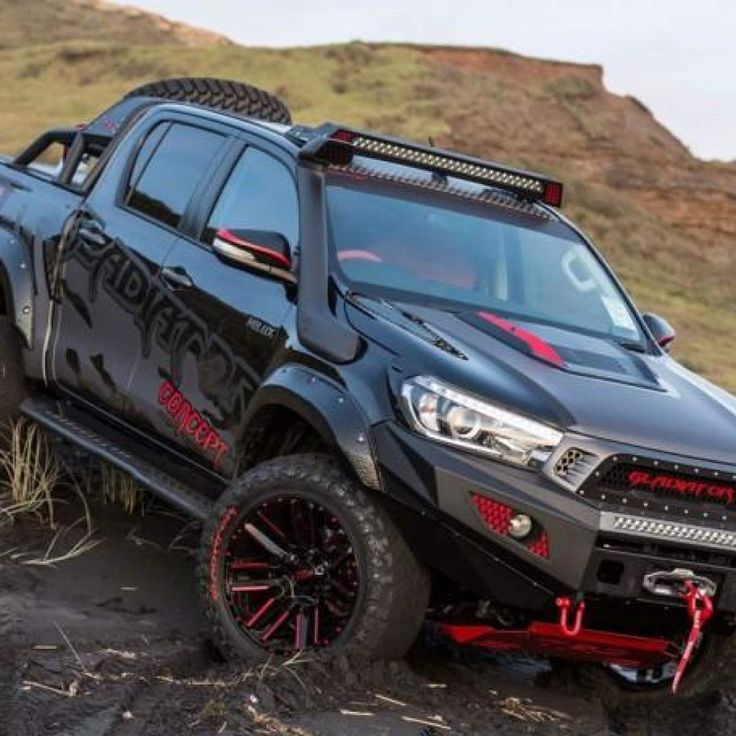
Directional tires can only spin in one direction and must stay on the side of the car or truck they were meant to be used on. If they are moved to the opposite side of the vehicle they will be spinning in the wrong direction and this can be extremely dangerous, especially in wet conditions.
Because directional tires can’t switch sides, they can only be rotated front to rear.
Front to rear tire rotation is fairly obvious. The front tires move to the rear without crossing to the opposite side of the vehicle. The rear tires then move to the front. Also, without changing sides of the car or truck.
Staggered wheels are wheels that are different sizes on the front and rear axles. Sometimes wider or larger wheels and tires are used on the rear to improve handling and traction.
These larger rear wheels and tires should not be moved to the front axle, and hopefully it’s obvious that the smaller front wheels shouldn’t move to the rear axle.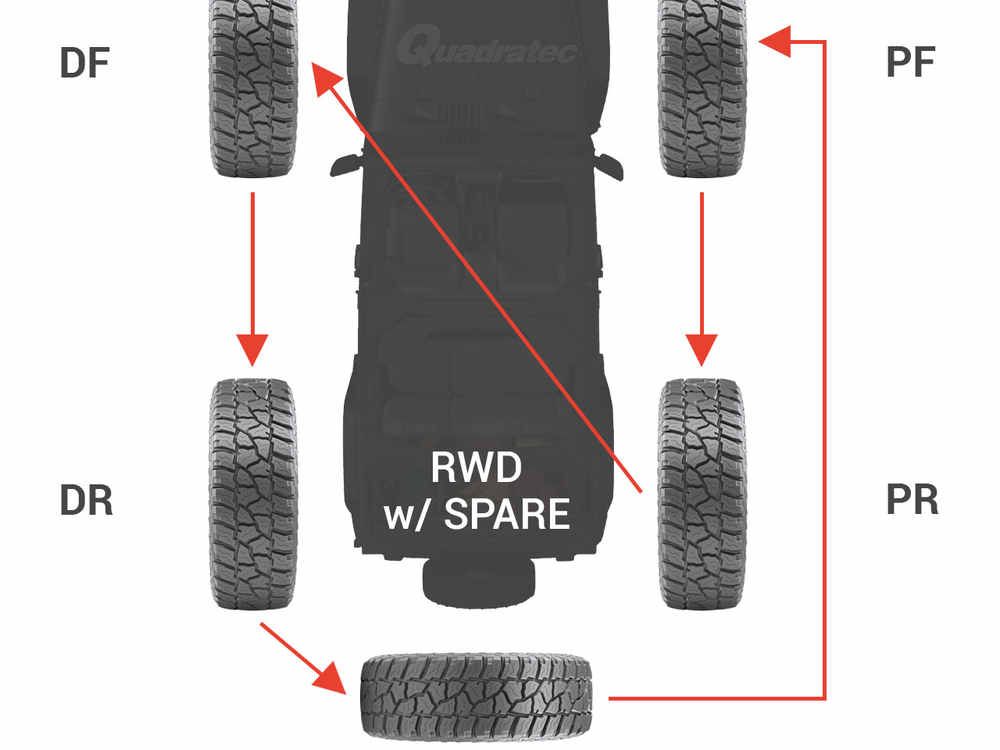
This means that the only pattern of rotation is side to side.
Side to side rotation is very simple. The front tires swap sides and the rear tires swap sides. They do not change which axle they are mounted on, only which end of the axle.
Side to side rotation is of relatively minor benefit but can still be helpful. Especially if your tire manufacturer will honor their tire warranty while you have staggered wheels and tires.
Full size spare tires with wheels that match the four main wheels should be included in regular rotations and can make a big difference in the overall lifespan of the set of tires.
It also ensures the spare tire gets put to good use so that it doesn’t dry rot from age without using the tread depth.
The last important benefit is that the spare tire will be much more likely to be in good condition if you are in a situation where you need to use it.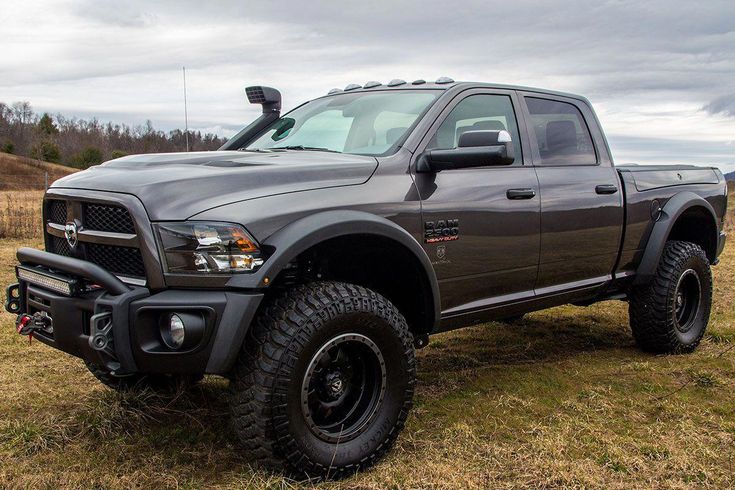 Non-matching spare tires often get forgotten about and can dry rot and lose air pressure over time. When you need your spare tire it may not be usable unless you are diligent about maintaining it.
Non-matching spare tires often get forgotten about and can dry rot and lose air pressure over time. When you need your spare tire it may not be usable unless you are diligent about maintaining it.
The rearward cross 5-tire pattern is a modification of the standard rearward cross. The modification has the driver’s front move to the spare location and the spare go back into service at the passenger rear position.
Tire rotation is usually required to maintain any tire warranty that a tire manufacturer may provide on a set of tires. Maintaining this warranty should be important to you as it can save you a lot of money.
Not all tires will come with a warranty, but you should still have your tires rotated to ensure that they wear as evenly as possible and last a long time.
How often you should rotate your tires is determined by the tire manufacturer and will vary from tire to tire.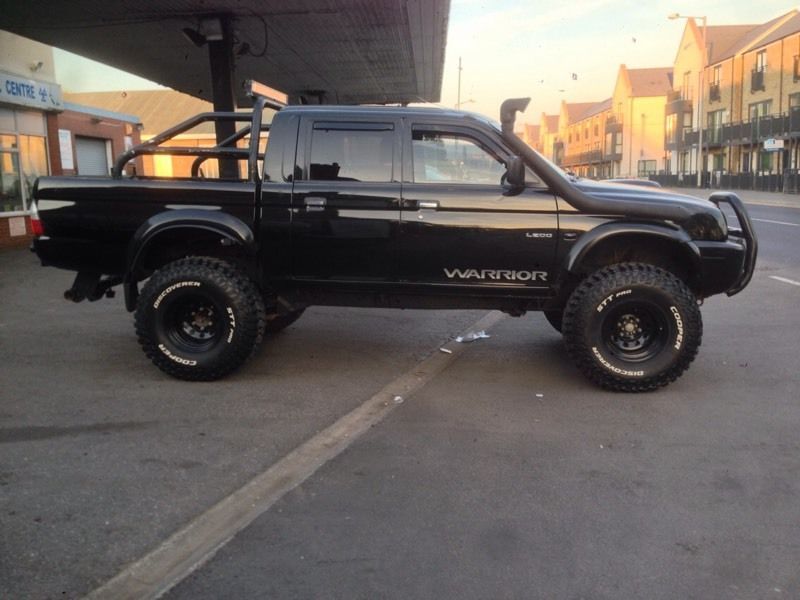 Each tire manufacturer will specify a mileage interval to not exceed between tire rotations.
Each tire manufacturer will specify a mileage interval to not exceed between tire rotations.
Tire manufacturers usually provide a mileage warranty for their tires and require that the tire rotation mileage not be more than the mileage they set if you expect them to honor any warranty claim.
This mileage amount is usually between 5,000 and 8,000 miles but varies for many reasons. I usually recommend rotating tires at 5,000 mile intervals since it usually will meet or exceed the tire manufacturer requirements.
The terms four wheel drive, four by four, all wheel drive, and full-time four wheel drive get thrown around a lot and often get used improperly.
The overwhelming majority of these systems, regardless of the name, will use rearward cross or x-pattern rotation. This is because almost all will produce more wear on rear tires than front. There may be some front bias systems or some that wear the front tires more and those may benefit from the forward cross pattern.
Refer to your owner’s manual to see what patterns they recommend.
Let’s break down what each means as clearly as possible.
This basically means that all four tires are being used to propel the vehicle forward. This is the parent category for all of the other names.
Typically, 4WD is a feature that allows a two wheel drive to mechanically engage the other axle and become a four wheel drive vehicle.
Full-time four wheel drive cars and trucks are essentially 4WD without the ability to mechanically disable an axle and convert to 2WD. They do usually include the ability to select 4Hi or 4Lo which is a mechanical setting that changes gearing from road and highway use to off-road appropriate gearing.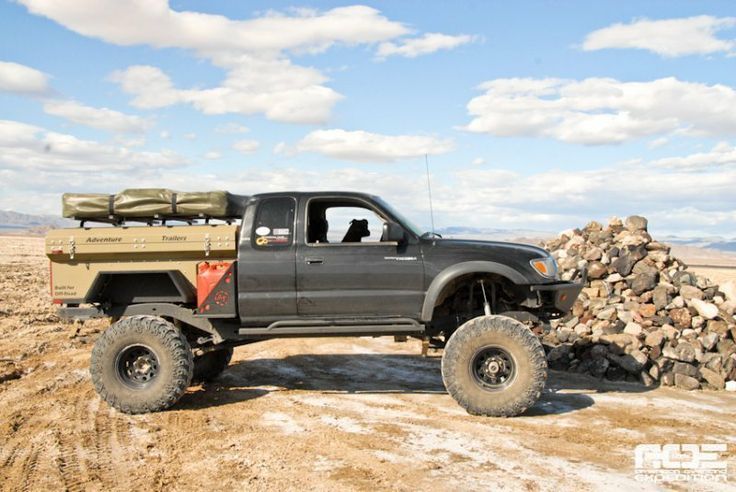
All wheel drive is the most modern system of 4×4 in some regards, but removes adjustability from the driver. All wheel drive vehicles don’t have a dedicated gearing for off-road purposes and aren’t designed for more demanding off-road situations.
They do tend to be more advanced in that they often rely on computer programming and the use of sensors to adjust grip at each of the four corners of the vehicle. They replace a lot of the dedicated mechanicals with these computer-controlled systems.
Tires are expensive. Four wheel drive off-road tires are very expensive. If you want to get the most tread life out of them, be sure and have them rotated.
Special-purpose tires are less likely to have a warranty. Tire rotation is usually a requirement to prevent your warranty from becoming voided. But if you don’t have a warranty, don’t think that means you can skip rotating your tires. It’s even more important now that you don’t have a warranty to fall back on.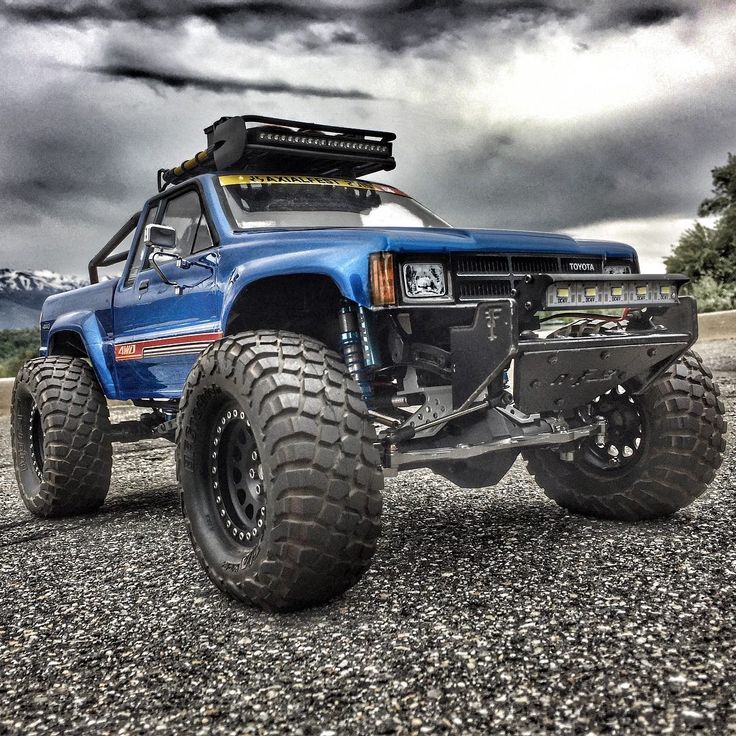
Be sure and follow the guidance of your vehicle manufacturer and the guidance of your tire manufacturer when it comes to tire maintenance. Get the most out of them you can and save yourself some cash in the process.
Below are some links you may find helpful when learning about tires
Will Creech
Will has been an automotive enthusiast since he was old enough to make engine sounds. Formerly a member of the contract training team at Discount Tire, he is unusually knowledgeable on all things related to tires. He is now the owner of and main contributor to TireGrades.com.
Cars
And again we return to the classics of the genre. What is the easiest and most reliable way to put 38.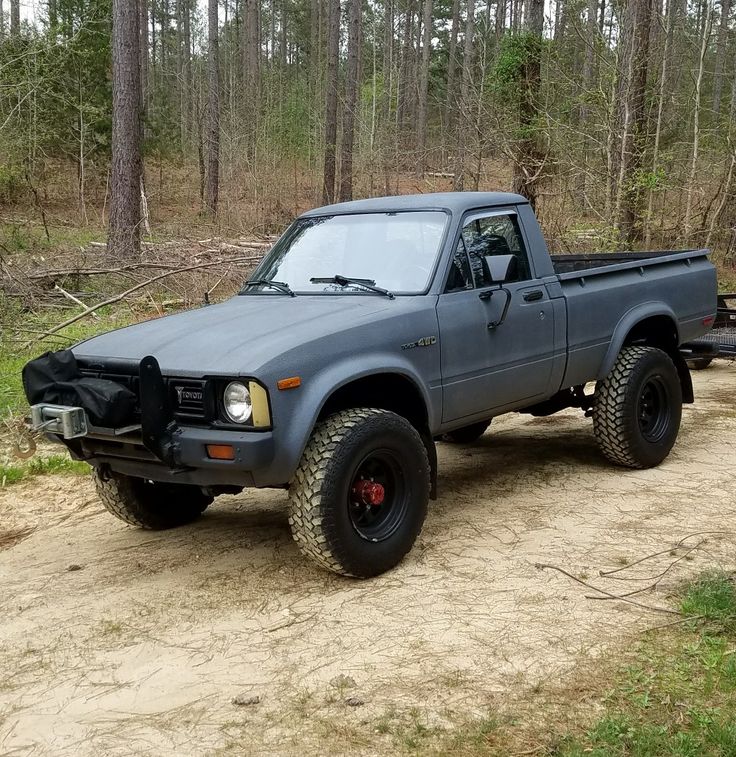 5" wheels on a regular pickup like a Mitsubishi L200? No, of course, you can use the body lift at the same time as the suspension lift, installing the front independent on a special subframe, and cut the arches properly. But it is long, expensive and not very reliable. A long time ago, at the dawn of off-road tuning, it was customary to do the so-called “conversion” in cars with independent front suspension. That is, replace it with a dependent one with the installation of a solid beam of the front axle. In this way, and decided to go the owner of this machine. Why on the L200? Yes, because this is the only pickup truck on the market for sane money, equipped with permanent all-wheel drive in the base. In general, the front suspension and front axle from Toyota LC 80 were installed on Mitsubishi. In order not to cut the arches, we decided to lengthen the base a little, shortening the front overhang at the same time. To do this, the front axle was shifted by about 100 mm forward relative to the standard position.
5" wheels on a regular pickup like a Mitsubishi L200? No, of course, you can use the body lift at the same time as the suspension lift, installing the front independent on a special subframe, and cut the arches properly. But it is long, expensive and not very reliable. A long time ago, at the dawn of off-road tuning, it was customary to do the so-called “conversion” in cars with independent front suspension. That is, replace it with a dependent one with the installation of a solid beam of the front axle. In this way, and decided to go the owner of this machine. Why on the L200? Yes, because this is the only pickup truck on the market for sane money, equipped with permanent all-wheel drive in the base. In general, the front suspension and front axle from Toyota LC 80 were installed on Mitsubishi. In order not to cut the arches, we decided to lengthen the base a little, shortening the front overhang at the same time. To do this, the front axle was shifted by about 100 mm forward relative to the standard position.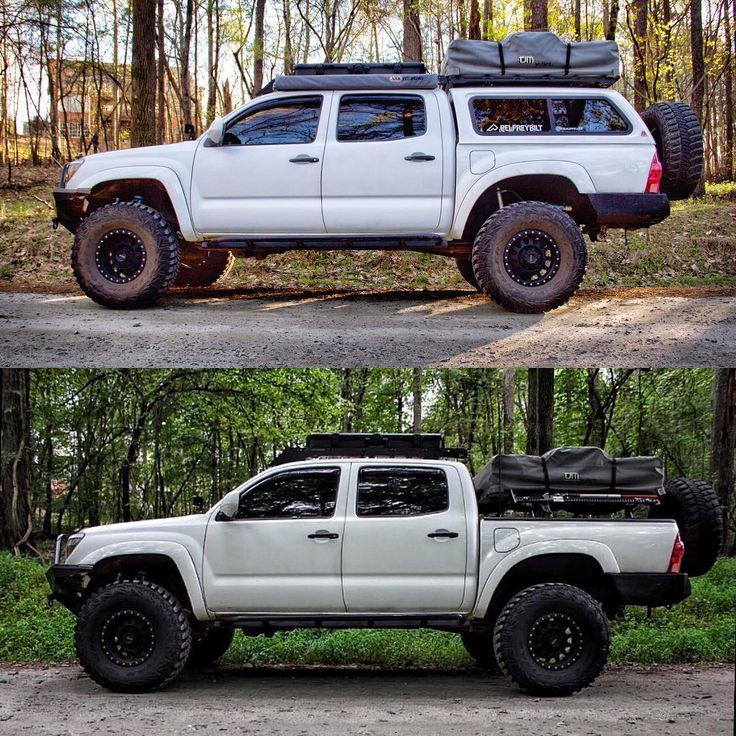 The front suspension was completely dismantled along with the axle and steering. All factory suspension brackets have been removed from the frame. The suspension and axle from the TLC 80 were bought along with the front of the frame, which allowed the use of factory suspension brackets from Toyota. Since the transfer case on the Land Cruiser is located on the other side than on the L200, the bridge had to be turned upside down. With this installation, the gearbox rotates in the wrong direction, that is, when the forward gear is engaged, the front wheels will go backwards. It will turn out "push-pull": the rear wheels forward, the front wheels back - who pushes whom. Won't go. I had to start welding work: cut the axle gearbox, turn it over again and weld it in. It took a long time to measure the location of all the elements so that the wheels would fit and the car would not be too high in height. We calculated the angles of the front wheels to ensure the controllability of the car when driving on asphalt.
The front suspension was completely dismantled along with the axle and steering. All factory suspension brackets have been removed from the frame. The suspension and axle from the TLC 80 were bought along with the front of the frame, which allowed the use of factory suspension brackets from Toyota. Since the transfer case on the Land Cruiser is located on the other side than on the L200, the bridge had to be turned upside down. With this installation, the gearbox rotates in the wrong direction, that is, when the forward gear is engaged, the front wheels will go backwards. It will turn out "push-pull": the rear wheels forward, the front wheels back - who pushes whom. Won't go. I had to start welding work: cut the axle gearbox, turn it over again and weld it in. It took a long time to measure the location of all the elements so that the wheels would fit and the car would not be too high in height. We calculated the angles of the front wheels to ensure the controllability of the car when driving on asphalt.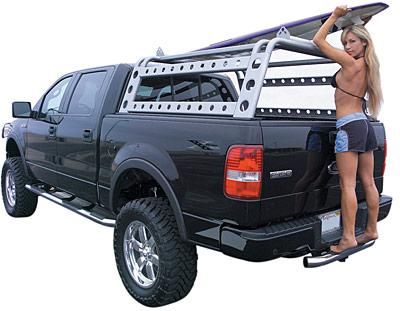 It remains to refine the steering. For this, the L200 steering shaft was spliced with a steering gear from the same TLC 80. Oddly enough, the angles of the steering arm were enough. To connect the front axle with the transfer case, they used a cardan shaft from the UAZ - "loaf" - a proven classic solution. The angles of the crosspieces turned out to be quite acceptable, there are no vibrations when driving.
It remains to refine the steering. For this, the L200 steering shaft was spliced with a steering gear from the same TLC 80. Oddly enough, the angles of the steering arm were enough. To connect the front axle with the transfer case, they used a cardan shaft from the UAZ - "loaf" - a proven classic solution. The angles of the crosspieces turned out to be quite acceptable, there are no vibrations when driving.
The rear axle was left original. It was necessary to install tuning springs with a large deflection and spacers in the suspension, thereby aligning the rear of the car with the front. And so that the bridges could rotate large wheels, they replaced the main pairs with tuning ones, with an increased gear ratio.
Close at hand. The winch control unit is placed on the "kengurin"
Balcony. The roof rack conveniently includes antennas, extra light and spare wheel
It makes sense to increase the torque: either install another transfer case, or increase the reduction in the existing one. But this has been postponed for the future.
But this has been postponed for the future.
In order not to experience inferiority complexes in the forest, the car was equipped with custom-made power bumpers with built-in winches: front with ComeUp 9.5 and rear with T-max 8.5. A balcony was installed on the roof. And on it, as well as on the front bumper, - diode optics of additional light. How without it in the forest? The final touch is a cover on the body and a rack jack. Now you can go anywhere! Even to the theater, even to hunt. That is how this machine is used. Every day in any weather. Installed shock absorbers from the Australian company OME and correctly selected front wheel alignment allow you to keep a confident speed of 100 km / h on asphalt. The car does not roam, holds its course well in a straight line and is obedient in corners.
Car provided "Club L200", www.club-l200.ru
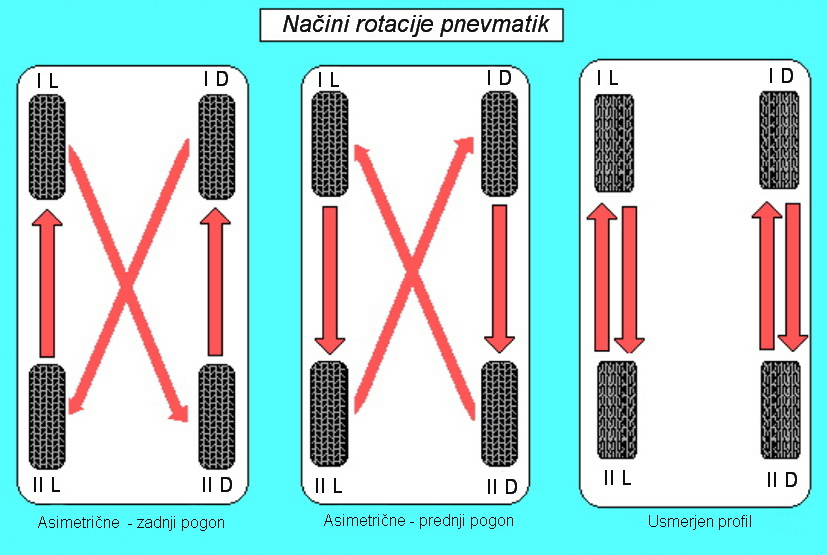 Two steps away from the ideal Cars
Two steps away from the ideal Cars Author: Andrey Govorov
The Lada 4x4 Pick-Up SUV designed for hunting made its debut at the Moscow Motor Show.
A new modification of the popular all-terrain vehicle is designed to demonstrate the potential of custom-made Lada 4x4 tuning.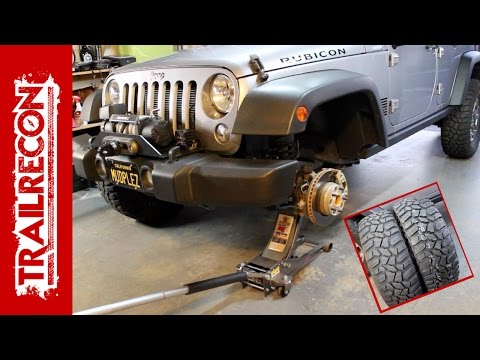 A 1.8-liter engine is installed under the hood of a pickup truck, the return of which is not specified. The novelty received an electric drive for switching modes of the transfer case. You can lock the center differential or engage a lower gear by pressing a button on the instrument panel.
A 1.8-liter engine is installed under the hood of a pickup truck, the return of which is not specified. The novelty received an electric drive for switching modes of the transfer case. You can lock the center differential or engage a lower gear by pressing a button on the instrument panel.
“In order to increase the cross-country ability, an automatic cross-axle differential lock of the rear axle Quaife was used. 215/75R15 AllTerrainT/A BFGoodrich off-road wheels fitted. Wheel disks are cast, special. Thanks to the use of new wheels, the ground clearance has increased by 7 mm - up to 225 mm.
Four-seater pickup equipped with Kayaba EG front and rear shock absorbers, they are gas-filled, increased efficiency. Flanging with plastic linings are installed on the wheel arches, which will reduce body pollution. Both bumpers have a bracket for mounting a winch. A protective grille is mounted on the front bumper, and a towbar is mounted on the rear bumper.
The list of equipment available for the Lada 4x4 Pick-Up also includes air conditioning and a long compartment for transporting hunting weapons located under the rear seat.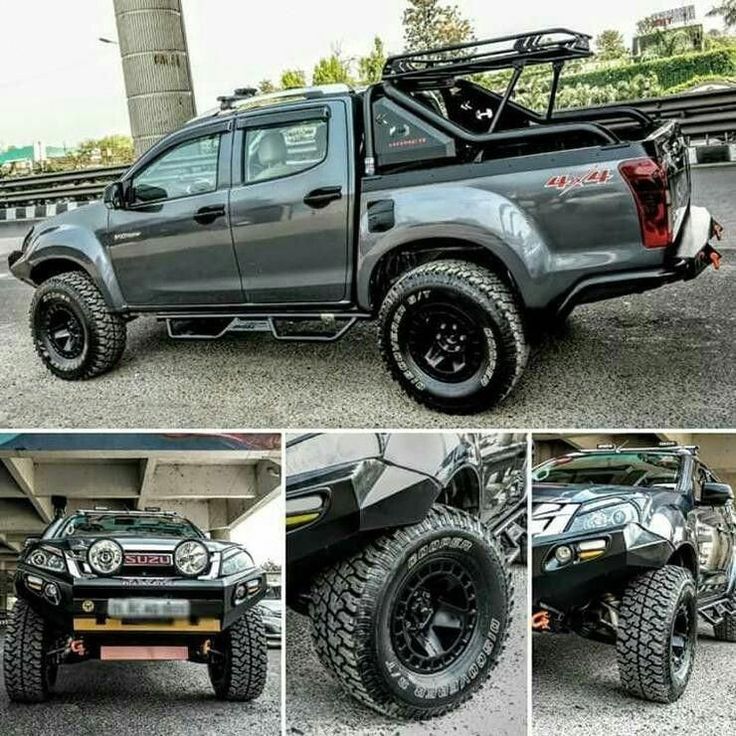 In addition, the model has a spacious platform with a folding side, two seats and lighting. The platform is needed for aimed shooting while hunting.
In addition, the model has a spacious platform with a folding side, two seats and lighting. The platform is needed for aimed shooting while hunting.
Also in the arsenal of the pickup truck is a full-length expedition roof rack with additional lighting. The price of the pickup is not called.
Recall that the online magazine "Kolesa.ru" is broadcasting live from the opening of MIAS.
AVTOVAZ car market Lada Lada 4x4
Articles / Popular questions How to park on a slope and why it's important We have already talked about parking more than once: about where you can and cannot park, what will happen if you stand in a place for the disabled, and what to do if a car parked on the sidewalk interferes with you.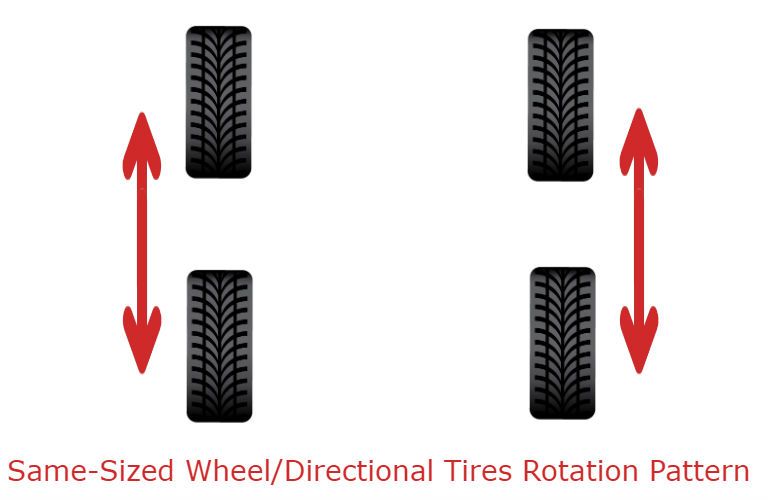 Now... 890 0 04/24/2023
Now... 890 0 04/24/2023
Articles / New cars Aspirated and two displays: first acquaintance with BAIC U5 Plus Nature, as you know, does not like emptiness. The same can be said about the market, and as soon as Western car companies began to leave Russia one by one, automakers from the... 1197 2 3 04/23/2023
Articles / History Sixteen cylinders for BMW: why the BMW V16 Goldfisch engine never became serial The confrontation between the two leading German auto giants BMW and Mercedes began back in the mid-seventies, when the first BMW "seven" appeared, which became a competitor to the first S-class with the W index .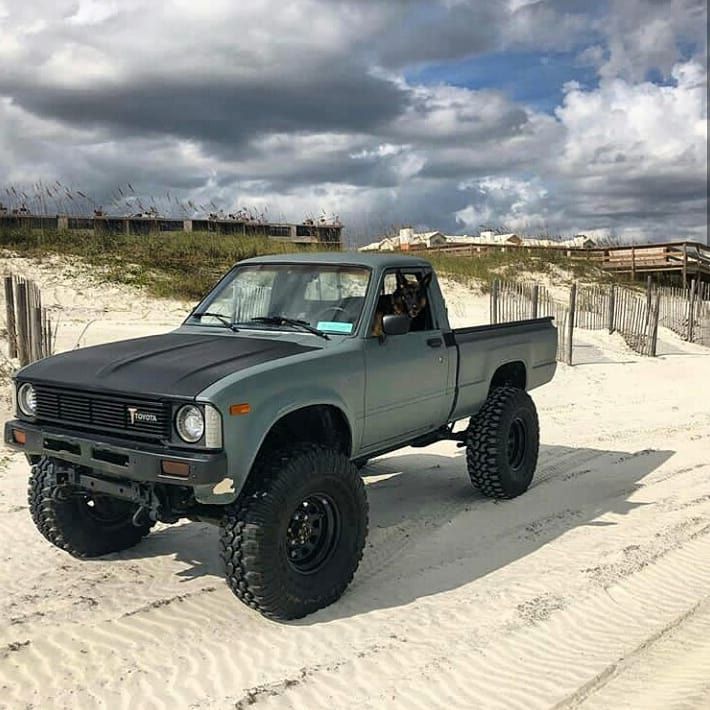 .. 1197 0 2 04/22/2023
.. 1197 0 2 04/22/2023
Test drives / Test drive 30 years of slavery: test drive GAZ-53 It would be more accurate to write “test drive GAZ-SAZ-3507 on the GAZ-53-14 chassis”, but this is too complicated. But just GAZ-53 will be recognized by everyone who managed to drink a glass of soda for one penny (with syrup... 9808 9 878 09.12.2022
Test drives / Test drive For Volvo lovers, at the price of Volvo: a test drive of the updated Geely Tugella We first met Geely Tugella exactly two years ago, in November 2020.